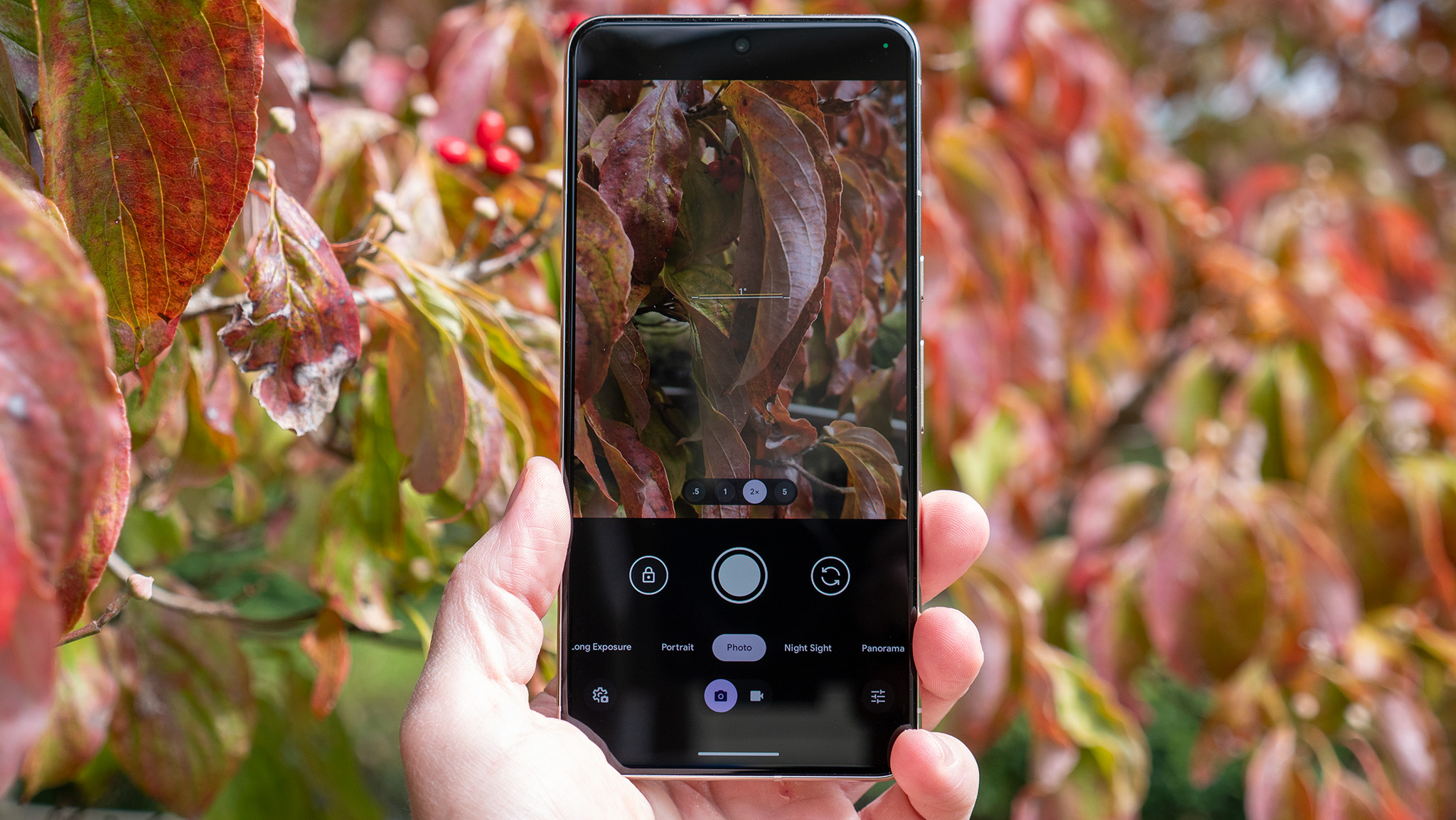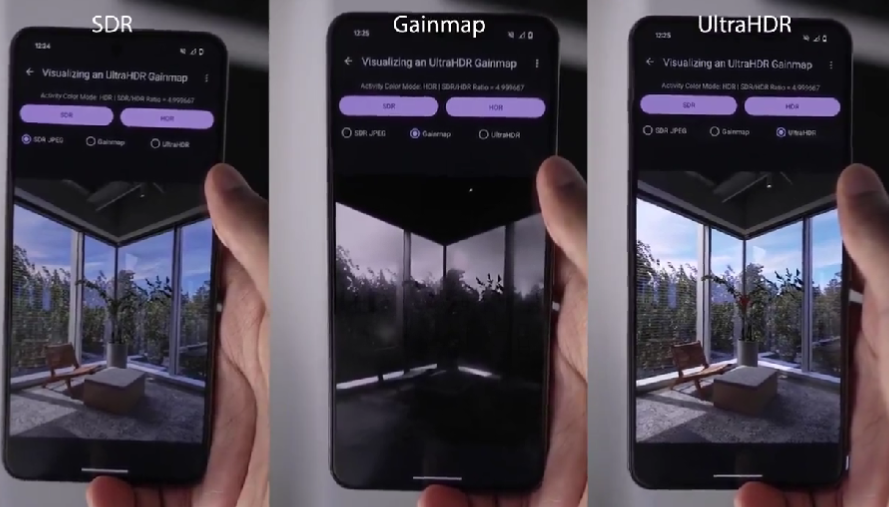
What you need to know
- Google seems to be planning a significant shift in Android, adding Ultra HDR support to the CameraX API for third-party apps.
- Adding Ultra HDR to CameraX will save images in JPEG_R format, displaying HDR images on compatible screens.
- Third-party apps on Android 14 will be able to capture images with higher dynamic range and richer colors.
Google seems to be addressing a long-standing criticism of Android's app and camera quality compared to iOS with a potential integration of Android's Ultra HDR format with the CameraX API.
With the debut of the Google Pixel 8 series, Google also introduced Ultra HDR. This new photo format supposedly squeezes every ounce of goodness out of your HDR-supporting smartphone screen.
In an X post, Mishaal Rahman explains that Ultra HDR images include extra metadata, also known as a gainmap, showcasing a more vivid and extensive color range when viewed on compatible devices and apps.
Google is preparing to add Ultra HDR image capture support to the CameraX API.This will allow apps that utilize the CameraX API to output images in the new JPEG_R format used for Ultra HDR, on devices running Android 14. JPEG_R is a new type of JPEG file that can contain a… pic.twitter.com/ef20uxaAm9January 23, 2024
Rahman discovered that Google is making shooting Ultra HDR photos on any Android app a breeze by adding support in the CameraX API. Those shots will be saved in JPEG_R, not the usual JPEG format.
JPEG_R shows images differently based on whether your screen can handle Ultra HDR or not. This means more phones may support this feature on social media sites without a big software overhaul.
The latest Galaxy S24 series from Samsung was the first to handle Ultra HDR pictures on social media platforms like Instagram and Snapchat. The fresh report suggests that this nifty feature might roll out to other Android devices in the near future.
Ultra HDR photography is one of the hottest features introduced in Android 14. This enables your Android devices to snap and flaunt photos with the full spectrum of colors and brightness levels their hardware can handle, all while remaining compatible with JPEG files.
For the uninitiated, CameraX fills the gap between your phone's built-in camera and all third-party camera apps or anything else that uses a camera function. Otherwise, trying to snap photos within your favorite third-party apps could leave you with lackluster quality and a bunch of missing camera perks.

The API provides apps with access to all the cool features the camera system on your device has to offer. So, these upgrades are meant to close the gap between Android and iPhones in your everyday smartphone camera experience.
At the moment, there's no concrete information on when the integration will occur, but when it does, consider it a shiny new tool in developers' belts.







